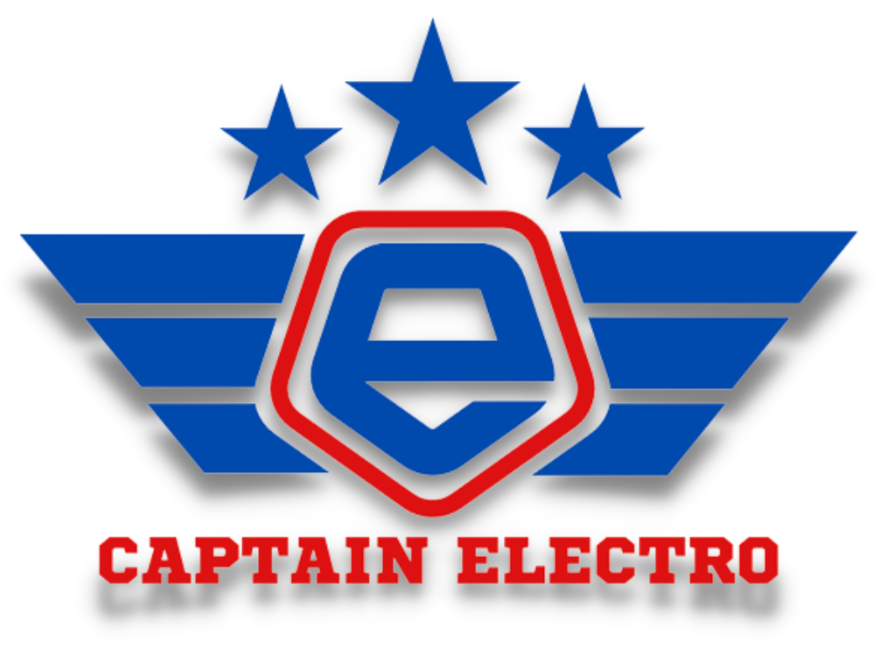Finally, a Ferry That Won't Wake the Fish
Image Credit: Viking Line.
If you're anything like me, you've probably spent a fair amount of time on a ferry. You know the experience: the low, constant rumble of an engine that vibrates right through your seat, the faint but unmistakable smell of diesel, and the general feeling that you're being propelled by a series of controlled explosions. It's charming, in a sort of industrial revolution kind of way.
But the times are finally changing. When someone tells me they're building a giant, all-electric passenger ferry, my ears perk up. My skepticism meter does, too, but let's focus on the positive for a moment.
The company making all this quiet noise is Viking Line, a ferry operator that's been shuttling folks across the Baltic Sea for ages. They've recently unveiled plans for a new vessel they're calling Helios. And when I say plans, I mean they've drawn up a very ambitious, very large, and very, very electric blueprint for what could be the world's largest passenger-car e-ferry.
They're promising this silent giant will be gliding across the Gulf of Finland, connecting Helsinki, Finland, to Tallinn, Estonia, sometime in the early 2030s. Yes, yes - the 2030s. In the world of technology, that's about three lifetimes away, so I'll keep my celebratory champagne on ice for now. Still, the idea is just too delicious to ignore.
Let's talk about the size of this thing. The Helios is designed to be about 640 feet long and nearly 100 feet wide. That's longer than two football fields laid end-to-end. You could probably get your 10,000 steps in just by walking from the bow to the stern a few times. This isn't some little electric harbor taxi; it's a proper beast, this one.
Inside this floating giant, there will be room for up to 2,000 passengers and 650 cars. That's enough to evacuate a small town, cars and all, in one go. Imagine a serene, 43-nautical-mile journey across the gulf without the thrum of a diesel engine. You might actually be able to hear the seagulls complaining about your fries for once.
Of course, to move a vessel of this magnitude, you need a battery. A really, really big one. We're talking about a battery bank with a capacity of somewhere between 85 and 100 Megawatt-hours. I'm not even going to try and calculate how many Teslas that's equivalent to (about 1,300!), but let's just say it's a colossal amount of juice. All this power will push the Helios to a top speed of 26.5 miles per hour, which is pretty respectable for something its size.
But the billion-dollar question is: How do you charge it? According to Viking Line, the ferry will need to plug in for at least a 30-MWh top-up every time it docks. They're going to need one heck of an extension cord for that. This, my friends, is where my gentle skepticism kicks in. An average 5,000-people town uses about 200 MWh of electricity per day. Building the ship is one thing; building the port infrastructure to deliver that kind of power that quickly - that's another challenge entirely. I guess they have until the 2030s to figure it out…
Why is the Viking Line going through all this trouble? Is it just for a quiet ride? Not quite. There's some serious business sense behind this. The European Union is cracking down on emissions, making fossil fuels more expensive every year. Plus, the Helsinki-Tallinn route is booming. Viking Line wants to double its capacity, and doing it with electric ships means it can expand while becoming cleaner and, eventually, cheaper to run.
Viking Line's CEO, Jan Hanses, said Helios "heralds a new era in maritime transport." And you know what? He might just be right. It feels a little like a utopia now, but so did the idea of a car that could park itself a couple of decades ago. Viking Line isn't new to this green game, either; they've been cutting emissions and using cleaner fuels for years. This is just the next, giant, silent step.
Are we going to be silently cruising to Tallinn by 2032, sipping a latte on the deck without a care in the world? I sure hope so. The plans are grand, the technology is breathtaking, and the ambition is off the charts. If they pull it off, it won't just be a win for the Baltic Sea; it'll be a quiet revolution for us all.

